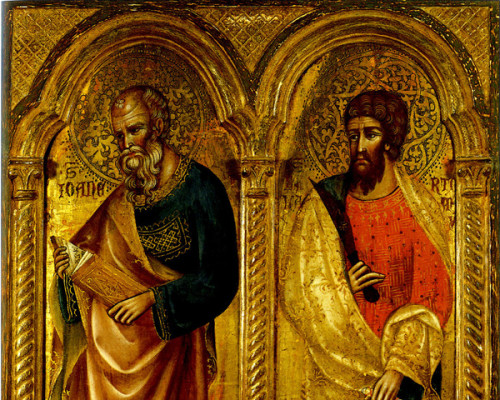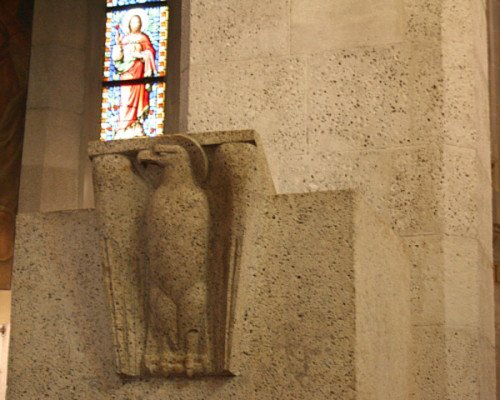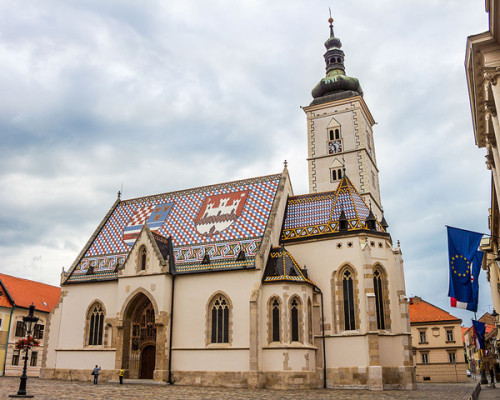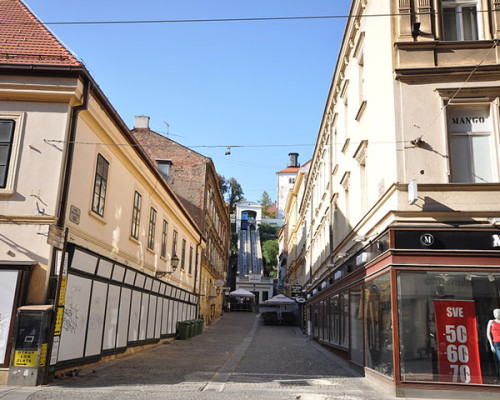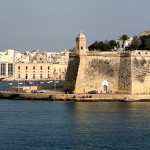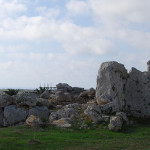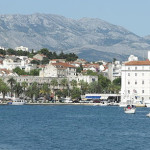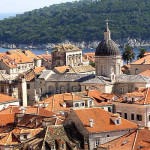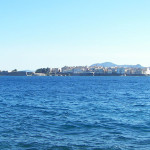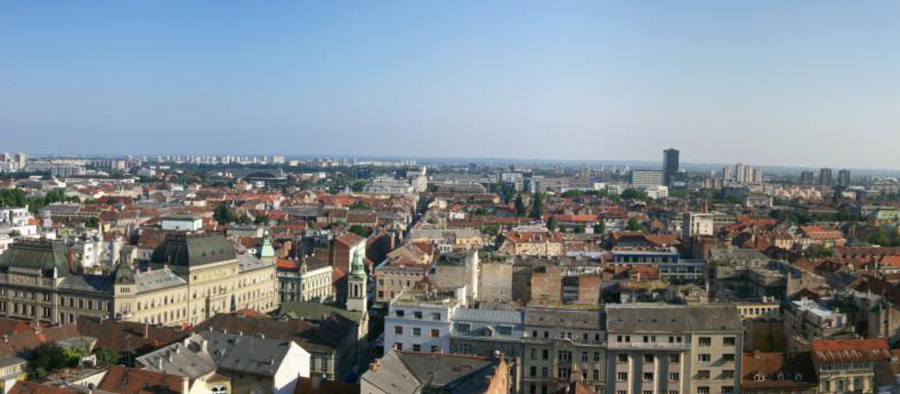
21 Dec Zagreb
Croatia’s idyllic capital and largest city Zagreb has seen much through its years. It is situated in the northwest of the country, along the Sava river, at the southern slopes of the Medvednica mountain. City has appr. 790,000 residents, whole metropolitan area having 1,1 million people.
The Roman Empire established settlement here in the 1st century. The first written mention of the name ”Zagreb” is dated to 1094, at which time the city existed as two different city centers: the smaller, eastern Kaptol, inhabited mainly by clergy and housing Zagreb Cathedral, and the larger, western Gradec, inhabited mainly by farmers and merchants. The city became a free royal town in 1242. Gradec and Zagreb were united in 1851. After Croatia declared independence from Yugoslavia in 1991, Zagreb was proclaimed its capital.
What to do and see in Zagreb
Mimara Museum
This art museum (Trg Franklina Delanoa Roosevelta 5) depicts the wide collection of artworks from the prehistoric period up to the 20th century. The exhibition has works by e.g. Rembrandt, Caravaggio, Renoir and Goya. Pro tip: The Zagreb Card offers discounts in all of the city’s museums.
St. Mark’s Church
This beautiful Romanesque building is one of the most important cultural heritage sites in Croatia. It was built in the 13th century, being reconstructed in the second half of the 14th century.
The most valuable part of St. Mark’s Church is its south portal, considered to be the work of sculptors of the Parler family from Prague (end of the 14th century). The Gothic composition of the portal consists of fifteen effigies placed in eleven shallow niches. On top are the statues of Joseph and Mary with the infant Jesus, and below them one can see St. Mark and the Lion; the Twelve Apostles are placed on both sides of the portal.
Tkalciceva Street
This popular pedestrian street is full of cozy cafés and small boutiques. It extends from the Ban Jelačić Square to its northern end at the Mala Ulica.
Strossmayer setaliste
This walkway serves as an outdoor scene in summertime for painters, musicians and other artists offering food, drinks, performances and concerts.
Recreation
- Blue Bike sightseeing tours by bicycle are the convenient way to get acquainted with the city.
- Tvornica kulture (Ljudevita Posavskog 1) is a live music venue and club. Operates also as a café during the day.
- SPUNK (Hrvatske bratske zajednice) is a popular music bar and student hang-out.
- Maksimir Park & Zoo (Maksimirski perivoj, trams 11 and 12 to Bukovačka) is a splendid all-family site with the hill footpaths, cafés and a zoo.
Buy
- The Kaptol Centar mall (Nova ves 17) in Kaptol neighbourhood is a suitable place to get cheap souvenirs.
- Oktogon passage (Ilica ulitsa 5) has many decent fashion shops. GEA Gallery (Radićeva Street 35) sells local handmade souvenirs.
Photos: With the CC licence / Tomisti, Andreas Tille, Ikiwaner, Tim Brighton, Myrabella, Lalupa
| Zagreb, Croacia | 17°C clear sky | |
Wind
2 m/s, ENE
Humidity
62%
Pressure
750.81 mmHg | ||
Top 5 in Zagreb
- Maksimir Park & Zoo
- Mimara Museum
- Tkalciceva Street
- Mark’s Church
- Strossmayer setaliste
How to get in Zagreb
- Zagreb International Airport serves the region, being located 17 km south-east from the city center in the district of Pleso. List of its airlines is here, destinations here.
- Zagreb Central Station (Glavni kolodvor) is a railway hub which has direct services to major European cities such as Vienna (6 hours), Budapest, Zurich, Munich, Salzburg, Ljubljana and Sarajevo. Most train connections are operated by the Croatian Railways (Hrvatske Željeznice), ticket prices and the journey planner are visible here.
- The central bus station (Autobusni Kolodvor) is located to the south-east of the railway station. Timetables and prices can be found on the AKZ website.
- Almost all highways in Croatia start or end in Zagreb.
How to get around in Zagreb
- The Zagreb Card offers unlimited travel on public transport in Zagreb.
- City has decent public transportation system that consists of trams, buses and trains. The tram network operates 24 hours a day – from 4AM to 12AM. The route map of tram lines is here.
- A historic funicular railway uspinjača operates between the lower and upper towns. Single tram/bus ticket can be used, otherwise there is a small fee for a ride. Ticket prices are visible here.
- Trains operated by Croatian Railways (Hrvatske Željeznice) run every 15 minutes from east to west, connecting the suburbs of Zagreb with the central railway station. The journey planner and ticket prices are visible here


